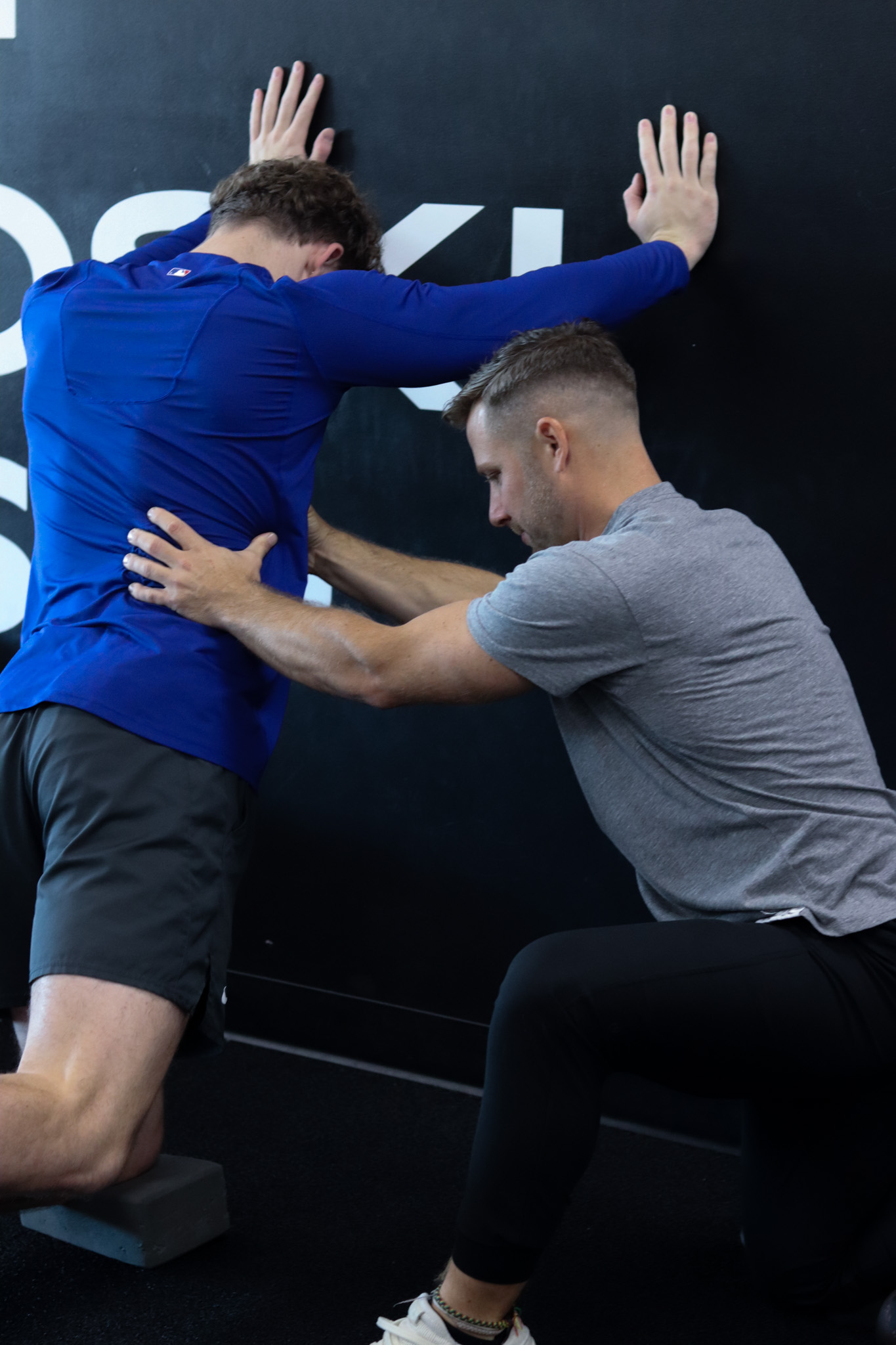The hip joint, a deep ball-and-socket structure, provides significant stability and mobility, making it crucial for athletic performance. However, not all hips are created equal. Anatomical variations in the hip can significantly influence movement patterns, susceptibility to injuries, and performance. This blog post travels with our team as they explore the key anatomical differences, their implications, and actionable strategies for athletes and coaches to optimize training and minimize injury risks.
Why Hip Anatomy Matters
The hip joint’s structure varies greatly among individuals. These differences can influence how athletes move, perform specific exercises, and experience discomfort or injury. Understanding these variations helps tailor training programs and address issues like pain or limited range of motion.
Key Anatomical Variations
Hip Socket Depth
Shallow Sockets: Allow for a greater range of motion, often seen in activities requiring high flexibility, such as gymnastics. However, this increased mobility can lead to joint instability and a higher risk of dislocations.
Deep Sockets: Provide more stability but limit the circumferential range of motion. Athletes with deeper sockets may feel restricted in certain movements, like deep squats or wide hip rotations.
Training Tip: Have a PT assess socket depth through to determine an athlete’s available ROM and adjust exercises accordingly
Acetabular Orientation
The direction the hip socket faces can vary, impacting an athlete’s neutral posture and movement mechanics:
Anterior-facing sockets: May predispose to more internal rotation, influencing toe-in postures and lead to more success with sagittal plane movements
Lateral-facing sockets: Facilitate external rotation and may align with toe-out postures and increased success with rotational movements
Training Tip: Postural assessments can help identify acetabular orientation and guide adjustments in stance and exercise selection to optimize performance and reduce discomfort.
Femoral Neck Angle
Anteversion (Increased Angle): Associated with toe-in postures and stretched lateral hip muscles, potentially leading to weakness in these areas.
Retroversion (Decreased Angle): Linked to toe-out postures and different muscular activation patterns, which can affect exercise mechanics and movement efficiency.
Training Tip: Incorporate exercises that strengthen hip abductors, adductors, and rotators in both open and closed chain formats to address imbalances.
Femoral and Tibial Length
Variations in femoral and tibial length affect biomechanics, especially in squats and deadlifts. For example, longer femurs require more forward torso lean during squats, while shorter femurs may facilitate more upright postures.
Training Tip: Adjust squat depth, stance width, and bar position to accommodate an athlete’s limb proportions and avoid compensatory patterns.
Structural vs. Functional Issues
Understanding whether hip limitations are structural or functional is critical for addressing symptoms:
Structural Limitations: Caused by bone anatomy, such as femoroacetabular impingement (FAI). Symptoms often persist despite manual techniques or mobility drills.
Functional Limitations: Arise from soft tissue restrictions and can improve with interventions like contract-relax techniques or capsular mobilizations.
Solutions to Try for Pain and Hip Dysfunction
- Mobility Exercises:
- Perform pails and rails techniques to improve joint capsule mobility.
- Strengthening Exercises:
- Focus on muscles specific to your anatomical position
- Movement Modifications:
- Adjust exercise depth or foot positioning during squats and lunges to stay within a pain-free ROM.
- There are no “Proper” exercises, just the one thats best for you
- Symptom Relief:
- Prioritize pain-free movements with reduced depth or modified angles (e.g., box squats or elevated deadlifts).
- Education:
- Understand anatomy and how it impacts movement.
- Emphasize creating space in the joint through proper mechanics.
Feedback and Monitoring
For athletes modifying their training due to hip issues, feedback is essential:
Subjective Feedback: Monitor pain levels during and after exercise, avoiding sharp or pinching sensations.
Objective Measures: Track improvements in ROM, strength, and functional capacity through consistent assessments.
Conclusion
- Find Successful Movements
- Modify Lifts
- Example: Box squats for reduced depth while maintaining strength.
- Example: Elevated deadlifts to avoid excessive hip flexion.
- Understand your body
Understanding and addressing hip anatomy variations is key to optimizing athletic performance and preventing injuries. By tailoring training programs to individual anatomical structures, athletes can maximize their potential while staying pain-free. Whether addressing functional deficits or managing structural conditions, a proactive approach can lead to long-term success both in training and competition.

